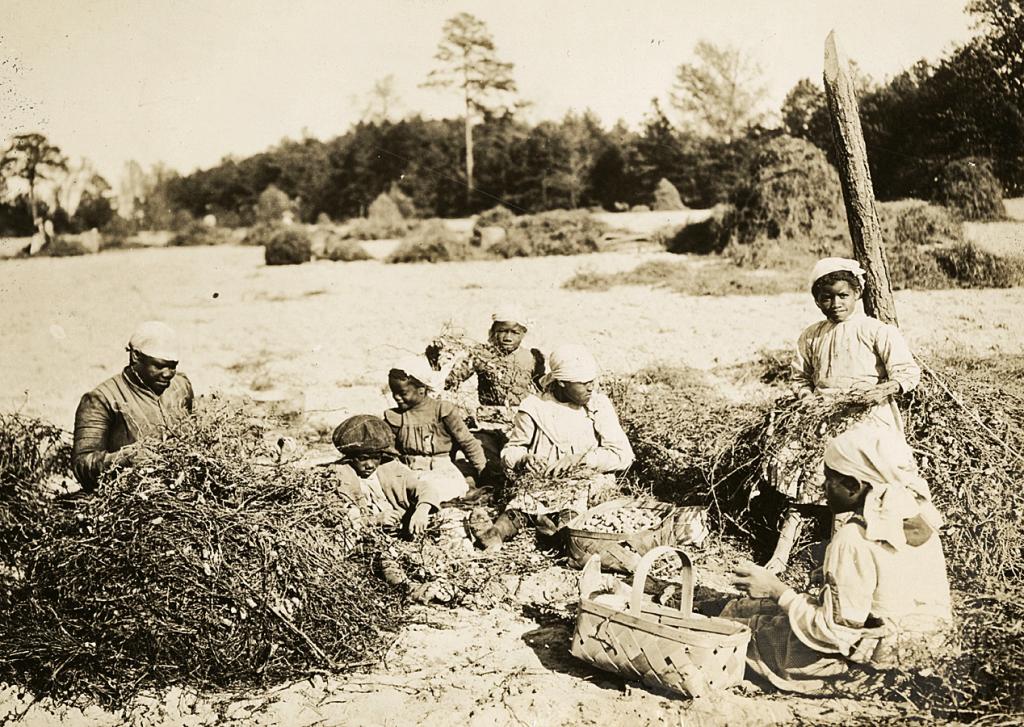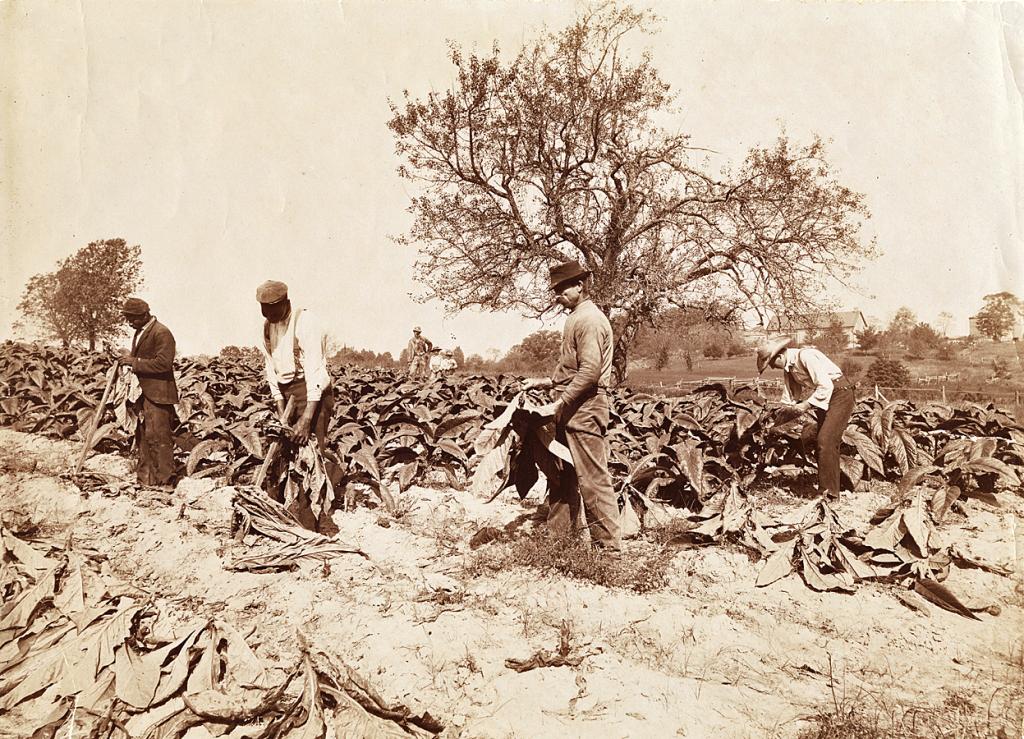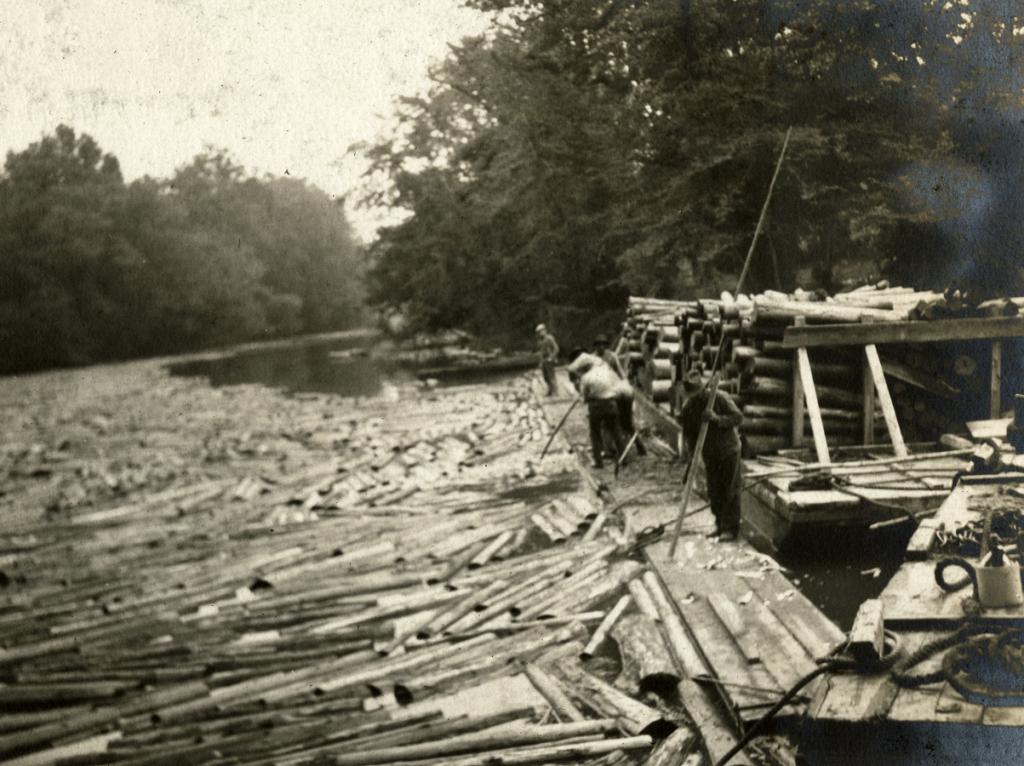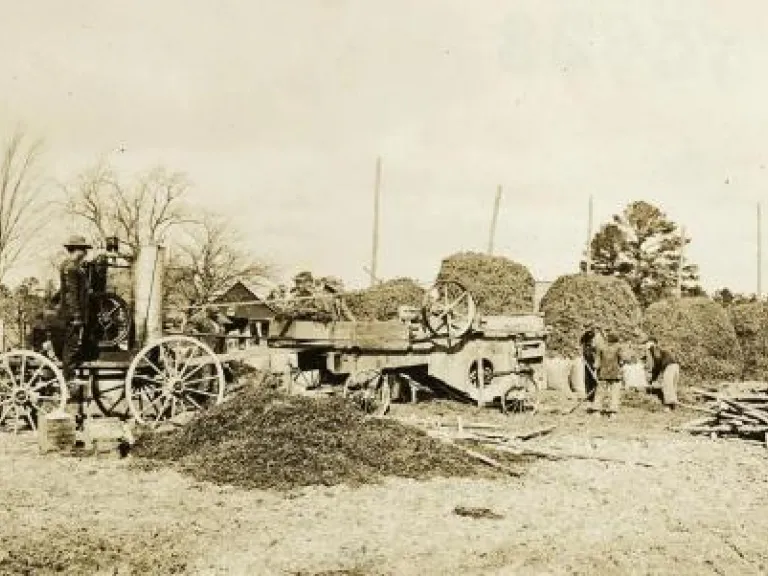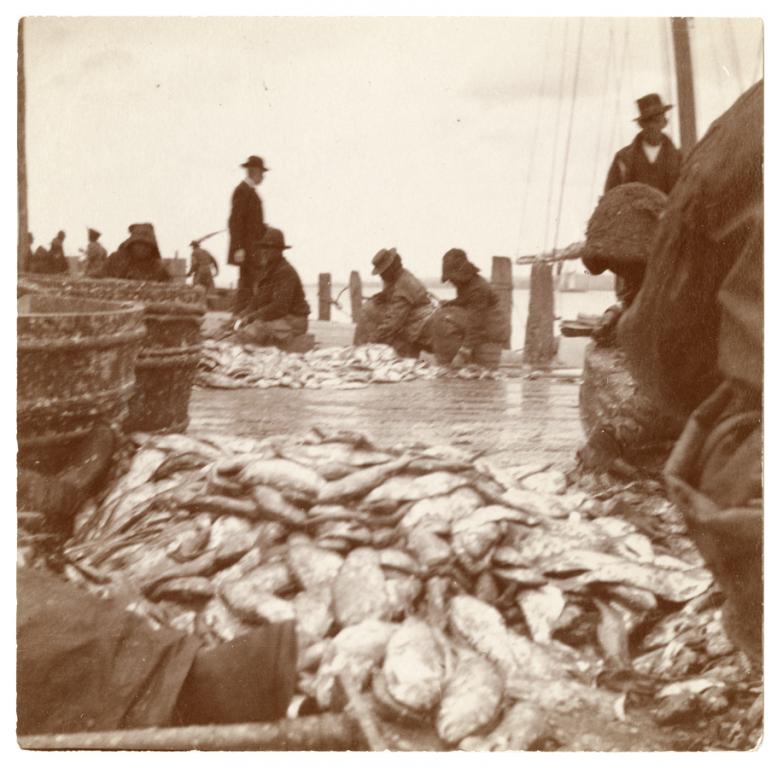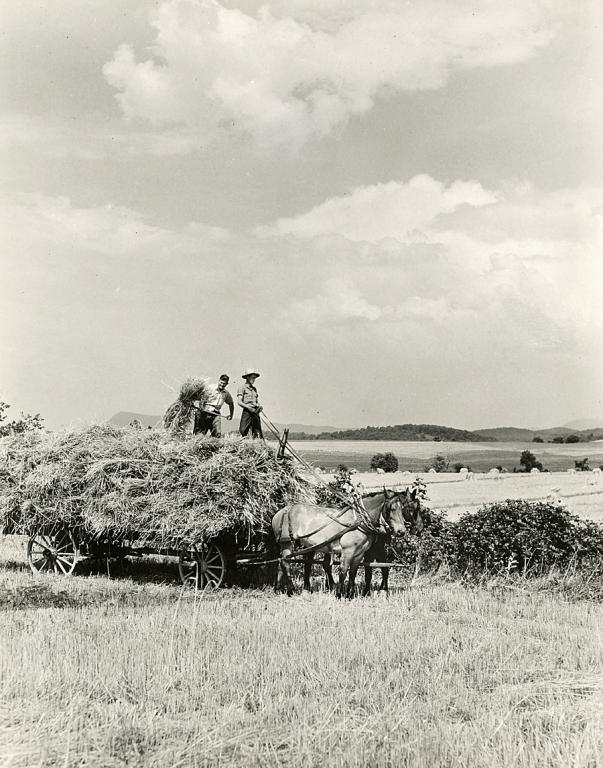In theory (and sometimes in practice) both owner and tenant benefited from the system. The landowner benefited because he did not have to pay wages to a worker on a daily or weekly basis. The sharecropper benefited because he received food and shelter. For sharecroppers who were former slaves, sharecropping provided an additional incentive. Under that system, freedmen worked for themselves; they labored on their own and not in gangs, as had been the case under slavery. More importantly, freedmen, as heads of household, maintained control over the activities of their wives and children—a circumstance that also contrasted with conditions under slavery.
In reality, the system more often worked to the benefit the landowner. Sometimes sharecroppers were cheated out of wages and disputes were almost always decided in the landowner's favor. And the accumulation of debt made the sharecropper's nominal control over his family meaningless.
The practice of sharecropping was more widespread in areas of the state where staple crops, such as cotton, peanuts, and tobacco, were grown. Tobacco remained Virginia's most important cash crop, but tobacco growing changed as the popularity of cigarettes increased. The tobacco used in cigarettes was bright-leaf tobacco which grew best in the Southside counties that bordered North Carolina—Pittsylvania, Halifax, and Mecklenburg. In these areas, rates of sharecropping remained high. Conversely, in the Piedmont, where the less popular dark tobacco had been grown, sharecropping was less prevalent and black landownership was greater. In 1890, for example, 76 percent of African American heads of household in Louisa County owned land; in Halifax, the number was only 14 percent.
What neither planters nor laborers fully understood at the time was the degree to which Virginia's farms were integrated into a national market economy. Steam ships and railroads transported Virginia products across the nation—indeed around the world. Oysters harvested from the Chesapeake Bay in the early morning were served to patrons in New York restaurants later that same day.ia.

